Raised beds- pros/cons-questions
raidri4
17 years ago
Related Stories

FEEL-GOOD HOMEThe Pros and Cons of Making Your Bed Every Day
Houzz readers around the world share their preferences, while sleep and housekeeping experts weigh in with advice
Full Story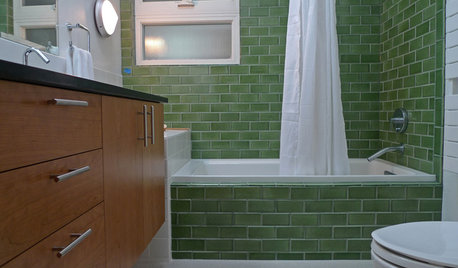
BATHROOM DESIGNBathroom Surfaces: Ceramic Tile Pros and Cons
Learn the facts on this popular material for bathroom walls and floors, including costs and maintenance needs, before you commit
Full Story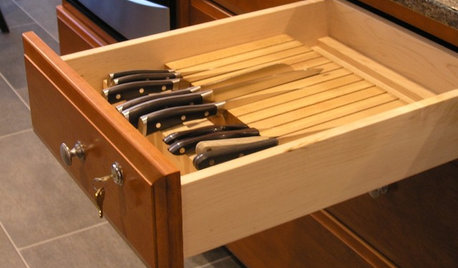
REMODELING GUIDESFrom the Pros: 8 Reasons Kitchen Renovations Go Over Budget
We asked kitchen designers to tell us the most common budget-busters they see
Full Story
GARDENING GUIDES8 Materials for Raised Garden Beds
Get the dirt on classic and new options for raised vegetable and plant beds, to get the most from your year-round garden
Full Story
FARM YOUR YARDHow to Build a Raised Bed for Your Veggies and Plants
Whether you’re farming your parking strip or beautifying your backyard, a planting box you make yourself can come in mighty handy
Full Story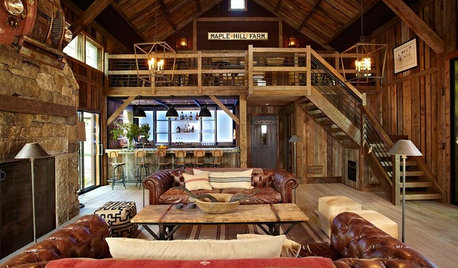
BARN HOMES12 Bar-Raising Barns
Homeowners make hay out of renovated, reclaimed and newly raised outbuildings
Full Story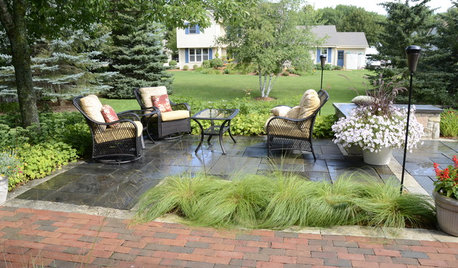
LANDSCAPE DESIGN5 Reasons to Consider a Landscape Design-Build Firm for Your Project
Hiring one company to do both design and construction can simplify the process. Here are pros and cons for deciding if it's right for you
Full Story
THE HARDWORKING HOMEWhere to Put the Laundry Room
The Hardworking Home: We weigh the pros and cons of washing your clothes in the basement, kitchen, bathroom and more
Full Story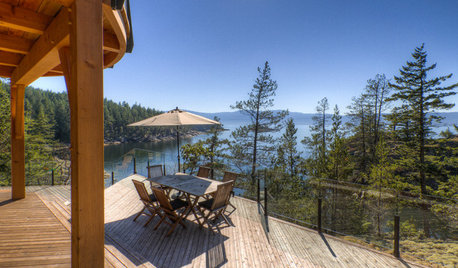
DECKSDecking Materials Beyond Basic Lumber
Learn about softwoods, tropical hardwoods, composites and more for decks, including pros, cons and costs
Full Story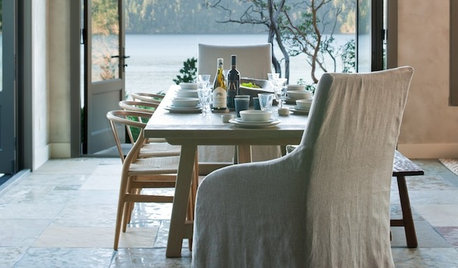
FLOORSAre Stone Floors Right for Your Home?
If you’re thinking about going with this hard-wearing material, here are important pros and cons to weigh
Full Story


moulman
raidri4Original Author
Related Discussions
Yet More Raised Bed Questions
Q
My first raised bed - questions
Q
My first raised bed - questions
Q
Just built new raised box bed, questions?
Q
Violet_Z6
gamebird
Violet_Z6
feldon30
gardenlen
gamebird
Violet_Z6
catherinet
Violet_Z6
feldon30
girlndocs
feldon30
pablo_nh
Violet_Z6
feldon30
patty4150
deep___roots
gamebird
pablo_nh
feldon30
feldon30
gamebird
feldon30
girlndocs
nanelle_gw (usda 9/Sunset 14)
gogarden
Violet_Z6
raisemybeds
Violet_Z6